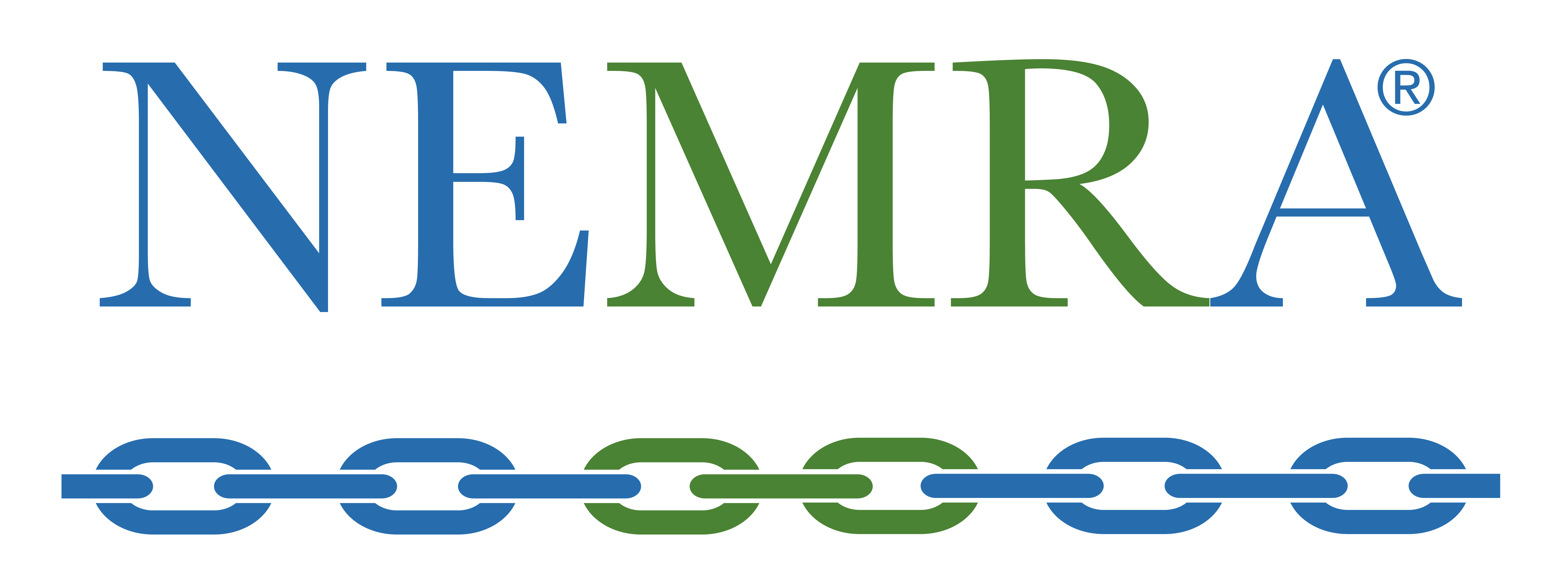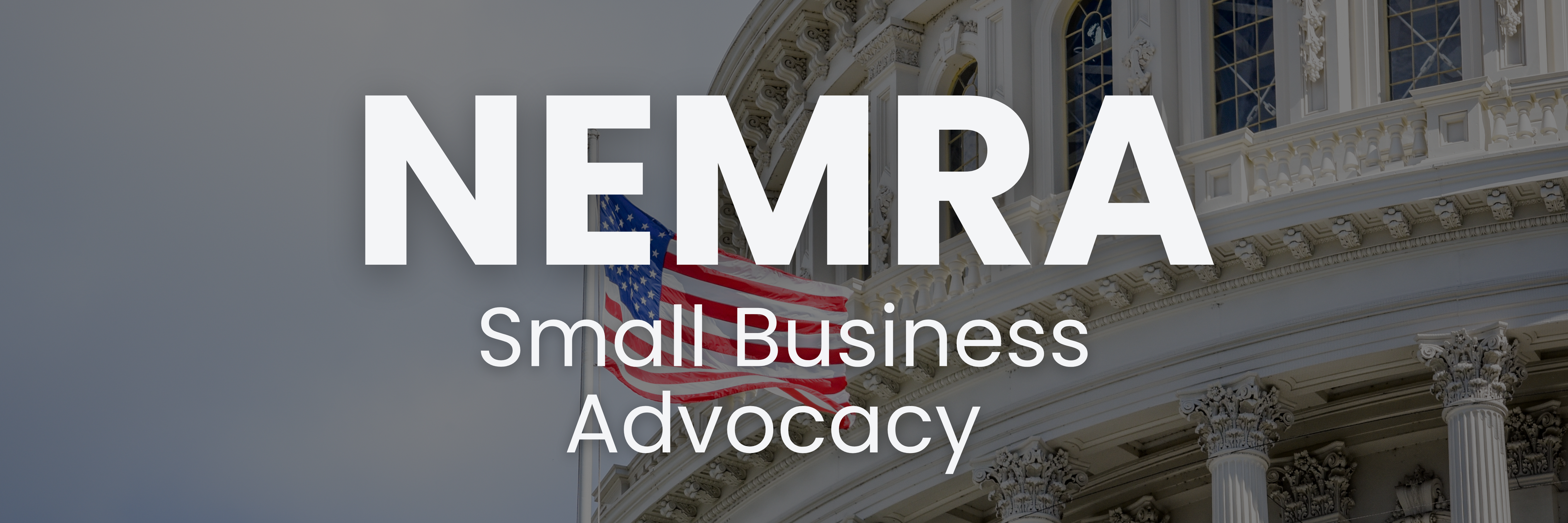SPECIAL EDITION: Trade Tidbits - Friday, May 16, 2025
ON DECK:
- Breaking down last weekend’s China meeting (finally)
- USTR Greer a popular guy in South Korea
- U.S., EU trade paper; Indians in town this week and next; Japan maybe also next week
- IEEPA hits the courts
- Companies continue to detail tariff impact
DISCLAIMER: The below is intended to inform, not to be construed as an official statement from the office of Rep. Yakym
Tidbits
Swiss Freeze Guarantees Fees Ease (For Now)
This would’ve normally gotten the Special Edition treatment, but, uhh, it’s been a week. Monday was devoted to preparations mental, physical, and snack-ical to spend 18 hours Tuesday/Wednesday with dozens of my closest friends on Hoth in 1100 Longworth, which I survived as part of the no nap club, and Thursday was for recovery. BUT. It’s Friday, and we’re mostly back to normal. So let’s run things back to last weekend as we begin the walkthrough of the China deal.
A Saturday truth from President Donald Trump said, “A very good meeting today with China, in Switzerland. Many things discussed, much agreed to. A total reset negotiated in a friendly, but constructive, manner.” On Sunday, the White House released statements from Treasury Secretary Scott Bessent and USTR Jamieson Greer, with the former saying there was “substantial progress” and “we will be giving details tomorrow.”
And thus it was on Monday, we got a joint statement, executive order, and fact sheet. The biggest surprise was that IEEPA reciprocal tariff wouldn’t be going to 80% as President Trump had floated last Friday – it went down to 10%, effective 12:01am on May 14. The suspension will last 90 days. I’ll note that the mechanism is a little funky, though: Technically, the 125% became 34%, but 24% is suspended for 90 days, so your net effect is 10%. So if a deal isn’t secured in 90 days, the tariffs will snap back to 34%, not 125%. It’s also worth nothing that the 20% IEEPA fentanyl tariff was unchanged, so the total IEEPA tariff liability is 30%. The other deliverable in the executive order was lowering the de minimis tariff from 120% to 54%.
Per the joint statement, China agreed to the same lowering of its 125% retaliation to 34%, suspending 24% of that for 90 days. It also agreed to suspend or remove non-tariff countermeasures taken since April 2. I’ve seen headlines that China lifted its ban on Boeing deliveries, issued rare earth magnet export permits (though may still be holding onto some rare earth restrictions), and paused sanctions against 17 U.S. entities on its unreliable entity list and 28 on its export control list.
Two last points to highlight from the joint statement, once both sides completed all above deliverables, “the Parties will establish a mechanism to continue discussions about economic and trade relations.” The primary negotiators were designated as Secretary Bessent and USTR Greer for the U.S. and Vice Premier He Lifeng.
Since Monday, we’ve already had a second wave of U.S.-China interaction, with USTR Greer meeting China’s chief trade representative, Li Chenggang, on the sidelines of the APEC trade ministers meeting in South Korea. Li said the two had “good talks” on “trade topics.” Early in the week, President Trump floated the possibility of speaking with Chinese President Xi Jinping by the end of the week, but I haven’t seen anything on that as of publication.
Shippers are seeing bookings jump 50% (with a commensurate jump in shipping rates too).
Returning back to the topic of tariff levels, Secretary Bessent said it’s “implausible” that the IEEPA reciprocal tariffs would go below 10% but added that 34% “would be a ceiling.” President Trump, however, said tariffs could go higher if talks fail but not back to 125%. As I had also mentioned, the 20% IEEPA fentanyl tariff remains in place. Secretary Bessent xed that the two sides are “meaningfully engaged” on next steps on fentanyl – in fact, he said, “The upside surprise for me from this weekend was the level of Chinese engagement on the fentanyl crisis.” USTR Greer told CNBC that President Trump “will consider whether we should have a different approach” if he sees real results.
As for contours of negotiations moving forward, Secretary Bessent said that the Phase One deal could provide the base. Treasury Department official said currency isn’t being negotiated at this time, but China said it wants no more Section 232 tariffs.
We got some more back story on how the Swiss talks came together. The Financial Times reported that Secretary Bessent met in the basement of the IMF headquarters with Chinese Finance Minister Lan Fo’an a few weeks ago. Vice Premier He brought an experienced crew with him. And the eternal question of “who blinked first” has ample evidence for both sides: Reuters reported that China was getting nervous about the impact on the economy, while the Washington Post reports that the White House was getting nervous about the impact on its core voters.
But lest you think this is a full on truce, Chinese companies are full steam ahead on ridding their supply chains of foreign inputs. Meanwhile, the Trump Administration is considering adding Chinese chipmaking companies on the Entity List and warned companies that using AI chips made by Chinese tech giant Huawei could trigger export control penalties .
And here are a bunch of other stories that are worth flagging but don’t fit into one neat box:
The Belle of the Ball
Exactly how many countries are in advanced negotiations is a bit of a moving target. Treasury Secretary Scott Bessent has said there are 18 trading partners. Bloomberg reported that USTR told lawmakers there are 20, with the list including Australia, Argentina, Cambodia, Ecuador, Fiji, Indonesia, Israel, Japan, Lesotho, Madagascar, Malaysia, Mauritius, South Korea, Switzerland, Taiwan, the UK, and Vietnam (that’s 17). And National Economic Council Director Kevin Hassett told CNBC there are 24. He also said that President Donald Trump would announce the next deal when he’s back from his Middle Eastern trip.
Speaking of that trip, President Trump said that Secretary Bessent and Commerce Secretary Howard Lutnick “over the next two to three weeks…will be sending letters out” to countries that haven’t negotiated deals “what they’ll be paying to do business in the United States.”
USTR Jamieson Greer is in South Korea this week for an APEC trade ministers meeting, and he’s been a popular guy. A South Korean official said some countries were planning to send Vice Ministers but bumped it to a higher level with Greer’s presence (Japan didn’t, though).
Speaking of which, President Trump again reiterated the 10% tariff is a pretty solid floor…buuut then again, “There could be an exception” if “somebody does something exceptional for us.” And this seemed like as good a place as any to mention that the Washington Post tallied 50 announcements of new or revised tariff policies since January 20, while law firm Reed Smith found 55.
Negotiation Station
- Brazil: President Luiz Inacio Lula da Silva said he wasn’t concerned about U.S. tariffs over his country’s ties with China.
- Canada: Prime Minister Mark Carney announced that Dominic LeBlanc would be Minister responsible for Canada-U.S. Trade (among other titles).
- The EU: Executive VP for Tech Sovereignty Henna Virkkunen is visiting this week and Trade Commissioner Maros Sevcovic spoke with Commerce Secretary Howard Lutnick. The U.S. sent the EU a positive response reacting to potential negotiating parameters, and the EU is adding more details to its proposal. President Trump, however, said the EU is “nastier than China” on trade as Treasury Secretary Scott Bessent said the EU has a “collective action problem.” EU ministers said they wouldn’t accept a deal with a 10% baseline tariff as a negotiating starting point. The bloc is also stepping up its monitoring for Chinese imports being diverted from the U.S.
- India: Trade Minister Piyush Goyal is arriving in the U.S. today for more talks, and a team led by chief trade negotiator Rajesh Agarawal will visit in the U.S. May 19-22 to discuss market access, rules of origin, and non-tariff barriers. President Trump told reporters that India offered “a deal where basically they are willing to literally charge us no tariff.” Foreign Minister S. Jaishankar told local media, “Nothing is decided until everything is,” as India, along with Japan and the UK, proposed retaliation for the Section 232 steel and aluminum tariffs. President Trump also claimed he told Apple CEO Tim Cook, “We treated you really good, we put up with all the plants that you build in China for years, now you got build us. We’re not interested in you building in India, India can take care of themselves…we want you to build here.”
- Japan: The third round of U.S.-Japan talks could take place next week. Japan, along with India and the UK, proposed retaliation for the Section 232 steel and aluminum tariffs.
- Malaysia: Trade Minister Tengku Zafrul Aziz met USTR Greer on the sidelines of the APEC trade ministers meeting and said talks are “moving in the right direction.” He also said that the two sides have a non-disclosure agreement in place.
- South Korea: Trade Minister Ahn Duk-geun will meet USTR Greer today on the sidelines of the APEC meeting in South Korea. A South Korean business delegation made the rounds with American officials in DC this week. South Korean shipbuilder HD Hyundai offered to help with port crane manufacturing.
- Switzerland: President Karin Keller-Sutter and VP Guy Parmelin met with Secretary Bessent and USTR Greer, with both sides agreeing to accelerate negotiations.
- Taiwan: De facto Ambassador Alexander Tah-Ray Yui stressed how much Taiwanese investment has shifted from China to the U.S.
- Thailand: The country submitted proposals last week designed to begin formal trade talks. Secretary Bessent reportedly responded favorably.
- The UK: The Coalition for a Prosperous America was disappointed that the U.S.-UK deal included steel quotas. USTR released a compilation of praise for the deal. Agriculture Secretary Brooke Rollins visitedthis week. The UK, along with India and Japan, proposed retaliation for the Section 232 steel and aluminum tariffs. Will the British buy U.S. beef?
I-E-E-P-A Why? And we light up the sky
The Court of International Trade (CIT) held oral arguments on the IEEPA tariffs this week. The Justice Department argued that the President has the power to declare the trade deficit a national emergency: “It isn’t just the existence of a trade deficit…it is the cumulative effects of the persistent trade deficit on the nation’s economy.” Opposing counsel from the Liberty Justice Center pointed out that the U.S. has run a trade deficit for 50 years, which doesn’t make it “unusual” or “extraordinary,” as required under statute. Arguments lasted over two hours, with judges exploring many other legal questions at issue since both sides are tossing plenty of spaghetti at the wall in terms of arguments for/against. The CIT apparently could grant an injunction by the end of the month. 148 House Democrats filed an amicus brief for the Oregon et al v. Trump challenge to the IEEPA tariffs.
California and a coalition of private companies also asked the Northern District of California to impose a nationwide injunction on the tariffs.
One of the many lawyers challenging the IEEPA tariffs noted, “We’re in, at the moment, at least three different federal district courts and the Court of International Trade, so those federal courts are going to decide for themselves, and you could get different decisions.” So if you thought the aforementioned 50 (or 55) 50 (or 55) tariff announcements from the White House were bad, imagine a world in which a lower court turns off the tariffs, that gets reversed on appeal, but a different lower court turns them off, but that stays on appeal, but in the meantime the Supreme Court turns them back on in that first case, but a different lower court…you see where I’m going here?
Company Line
A few headlines for the miscellaneous-tariff-stories-from-industry section this week. Walmart’s CEO said tariff-related price hikes could begin later this month. Toymaker VTech is planning to move U.S.-bound production out of China and into Malaysia, Mexico, and Germany before the end of next year. Honda and Nissan both projected big hits to the bottom line due to tariffs as Honda said it’d move CR-V production from Canada to the U.S. and postpone an $11 billion plan to build EVs and batteries in Canada. Overall, Japanese automakers are looking at a $19 billion hit.
Quick Hits
- The first window for inclusions requests closed yesterday – so far nothing has been posted on regulations.gov yet
- A new executive order directed USTR and the Commerce Department to “take all necessary and appropriate action to ensure foreign countries are not engaged in any act, policy, or practice that may be unreasonable or discriminatory or that may impair United States national security and that has the effect of forcing American patients to pay for a disproportionate amount of global pharmaceutical research and development, including by suppressing the price of pharmaceutical products below fair market value in foreign countries”
- CBP sent a CSMS message providing further guidance on Section 232 stacking relief
- CBP sent a CSMS message updating the list of energy and energy resources of Canada
- The Senate Finance Committee approved Rodney Scott to be Commissioner of CBP on a 14-13 vote
- The House Ways and Means Committee cleared at “One Big Beautiful Bill,” which included a provision that would end de minimis in 2027 (Section 111104)
- The Senate Finance Committee held a hearing on Wednesday titled, “Trade in Critical Supply Chains”
- The U.S. paused livestock imports from Mexico due to concerns over screwworm
- The U.S. filed a new USMCA Rapid Response Labor Mechanism review with Mexico
- Sen. Bernie Moreno (R-OH) sent a letter to Commerce Secretary Howard Lutnick urging more Section 232 steel derivatives tariffs, singling out home appliances from Asia, and that the derivative tariff cover the full value of the article and not just the value of the steel
- Sen. Elizabeth Warren (D-MA) and Rep. Rosa DeLauro (D-CT) wrote a letter to Commerce Secretary Howard Lutnick, Treasury Secretary Scott Bessent, and USTR Jamieson Greer requesting more information on negotiations
- Seven Alabama Republican Senators and Representatives sent a letter to Commerce Secretary Howard Lutnick urging that any Section 232 lumber tariffs include derivatives like cabinets
- The EU may increase tariffs on imports from Ukraine


